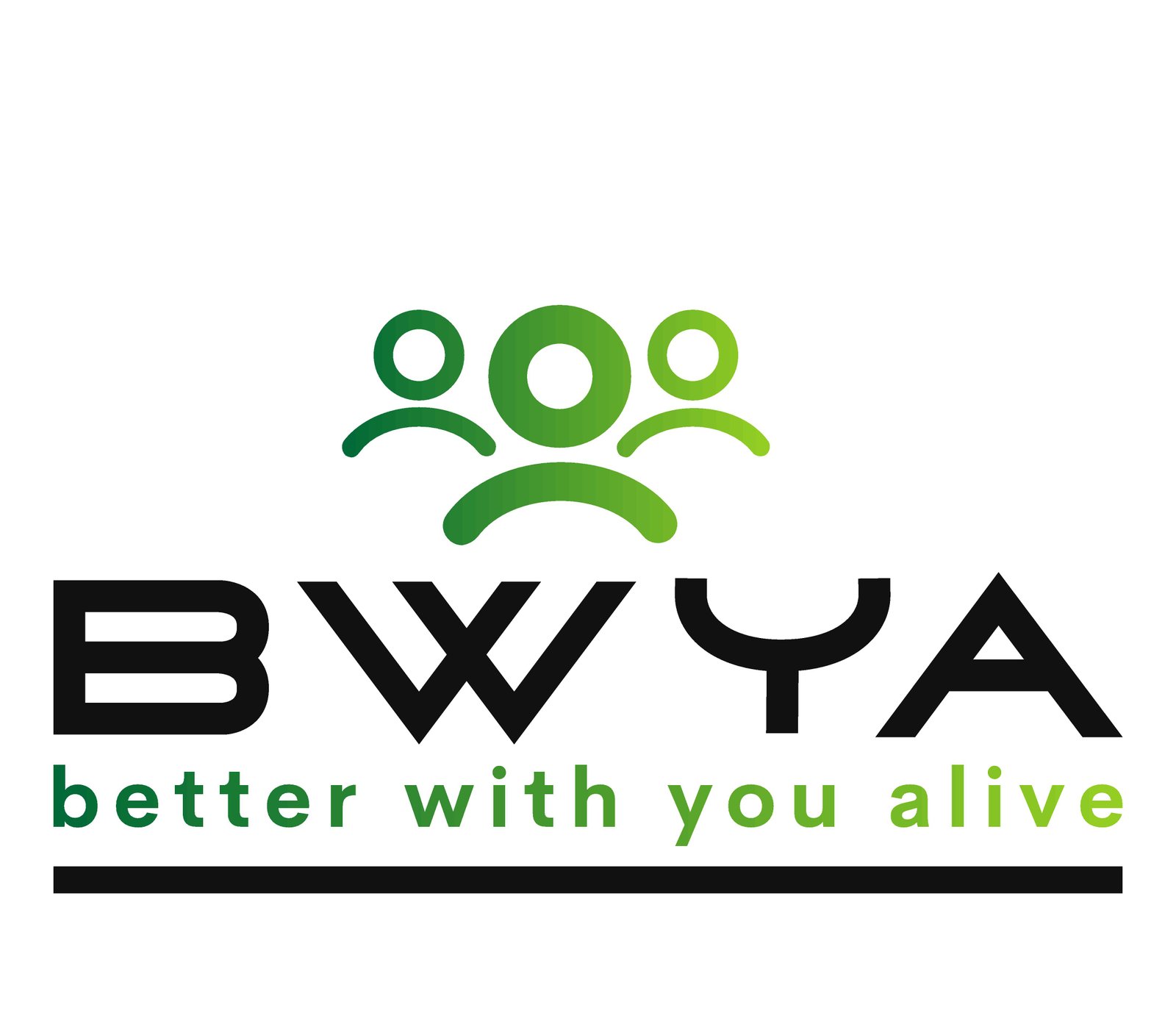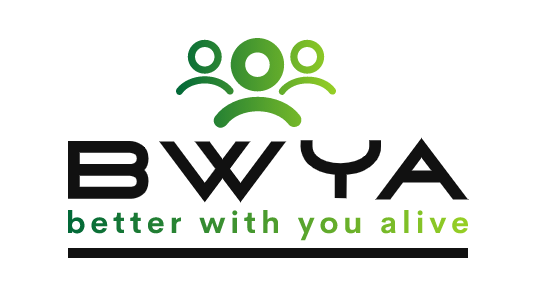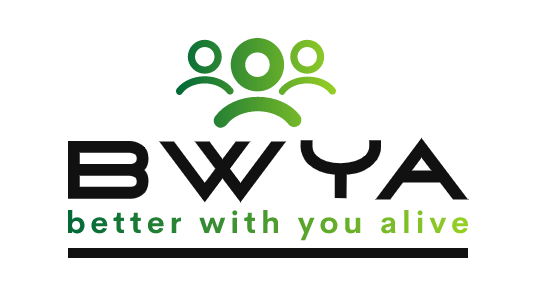Suicide is a serious and complex issue that affects individuals and communities worldwide. It is a tragic outcome of various factors, including mental health conditions, social isolation, and personal struggles. While there is no foolproof way to prevent all suicides, focusing on prevention rather than cure is crucial in reducing the number of lives lost to this devastating act.
The Warning Signs
Recognizing the warning signs of suicide is the first step in prevention. Awareness of the signs and symptoms that indicate someone is at risk is essential. These can include:
- Expressing feelings of hopelessness or worthlessness
- Withdrawing from social activities and relationships
- Changes in sleep patterns or appetite
- Engaging in risky or self-destructive behaviors
- Talking about death or suicide
If you notice any of these signs in someone you know or love, taking them seriously and seeking help immediately is crucial. Early intervention can make a significant difference in preventing a tragic outcome.
Building Supportive Communities
Creating supportive communities that prioritize mental health and well-being is another essential aspect of suicide prevention. By fostering a culture of understanding, empathy, and open communication, struggling individuals may feel more comfortable seeking help. This can be achieved through:
- Increasing awareness and education about mental health
- Reducing the stigma surrounding mental health conditions
- Providing accessible resources and support networks
- Training individuals to recognize and respond to those in crisis
By building a solid support system, we can create an environment where individuals feel valued, understood, and supported, reducing the risk of suicide.
Access to Mental Health Services
Ensuring access to quality mental health services is vital in suicide prevention. Many individuals who experience suicidal thoughts or feelings may not know where to turn for help or may face barriers in accessing appropriate care. Improving access to mental health services can provide individuals with the support they need. This can be achieved through:
- Increasing funding for mental health programs
- Expanding mental health services in underserved areas
- Reducing wait times for appointments
- Providing affordable or accessible mental health services
By removing these barriers, individuals can receive timely and effective treatment, reducing the risk of suicide.
Supporting Those Bereaved by Suicide
Supporting individuals who have been affected by suicide is also crucial in the prevention process. The loss of a loved one to suicide can have a profound impact on the mental health and well-being of those left behind. By providing support and resources to those bereaved by suicide, we can help them navigate the grieving process and reduce the risk of further tragedy.
This support can include:
- Grief counseling and therapy
- Support groups for those who have lost someone to suicide
- Education on coping strategies and self-care
- Creating a safe space for open dialogue and sharing experiences
By providing support and understanding, we can help those affected by suicide find healing and prevent additional loss.
Conclusion
Suicide prevention is a collective responsibility that requires early intervention, supportive communities, accessible mental health services, and support for those bereaved by suicide. By prioritizing prevention over cure, we can work towards reducing the devastating impact of suicide and saving lives. Remember, if you or someone you know is in crisis, seek help immediately, talk to someone, or call 988. You are not alone, and there is support available.




